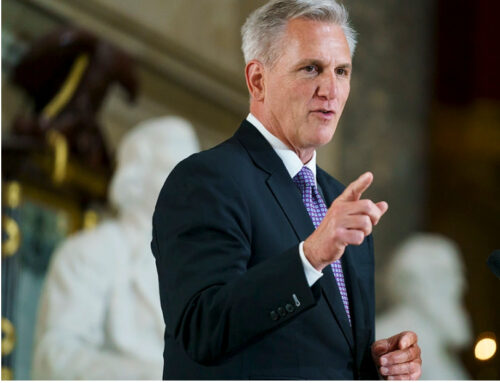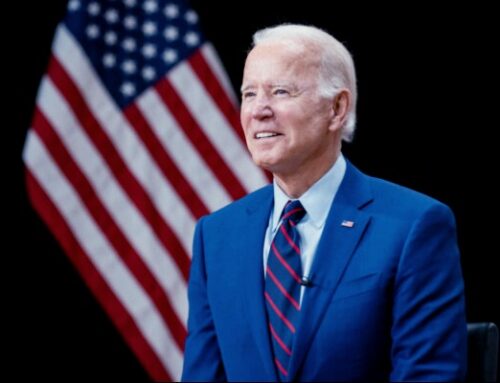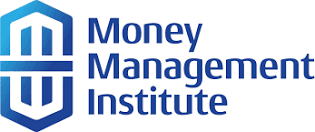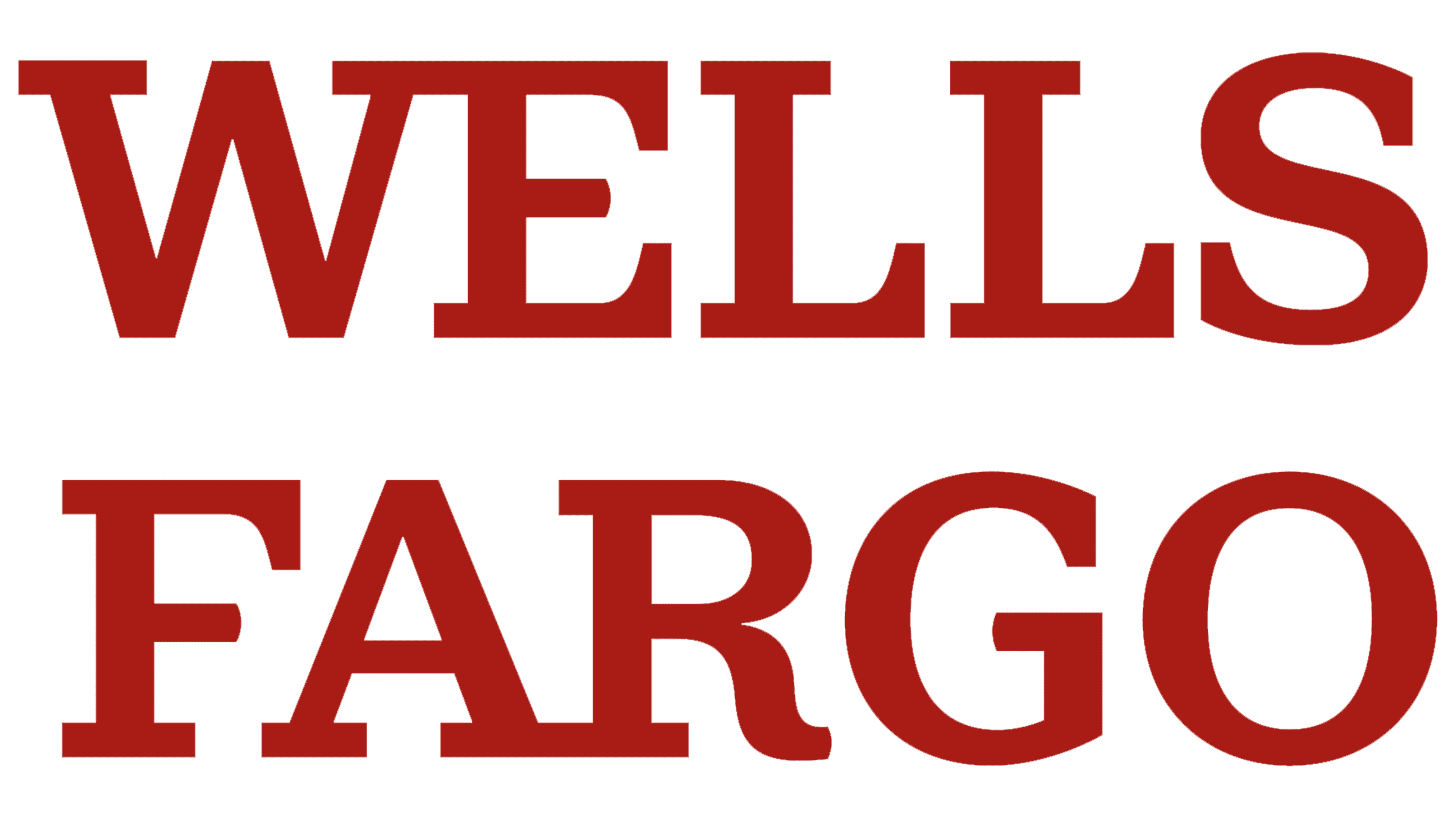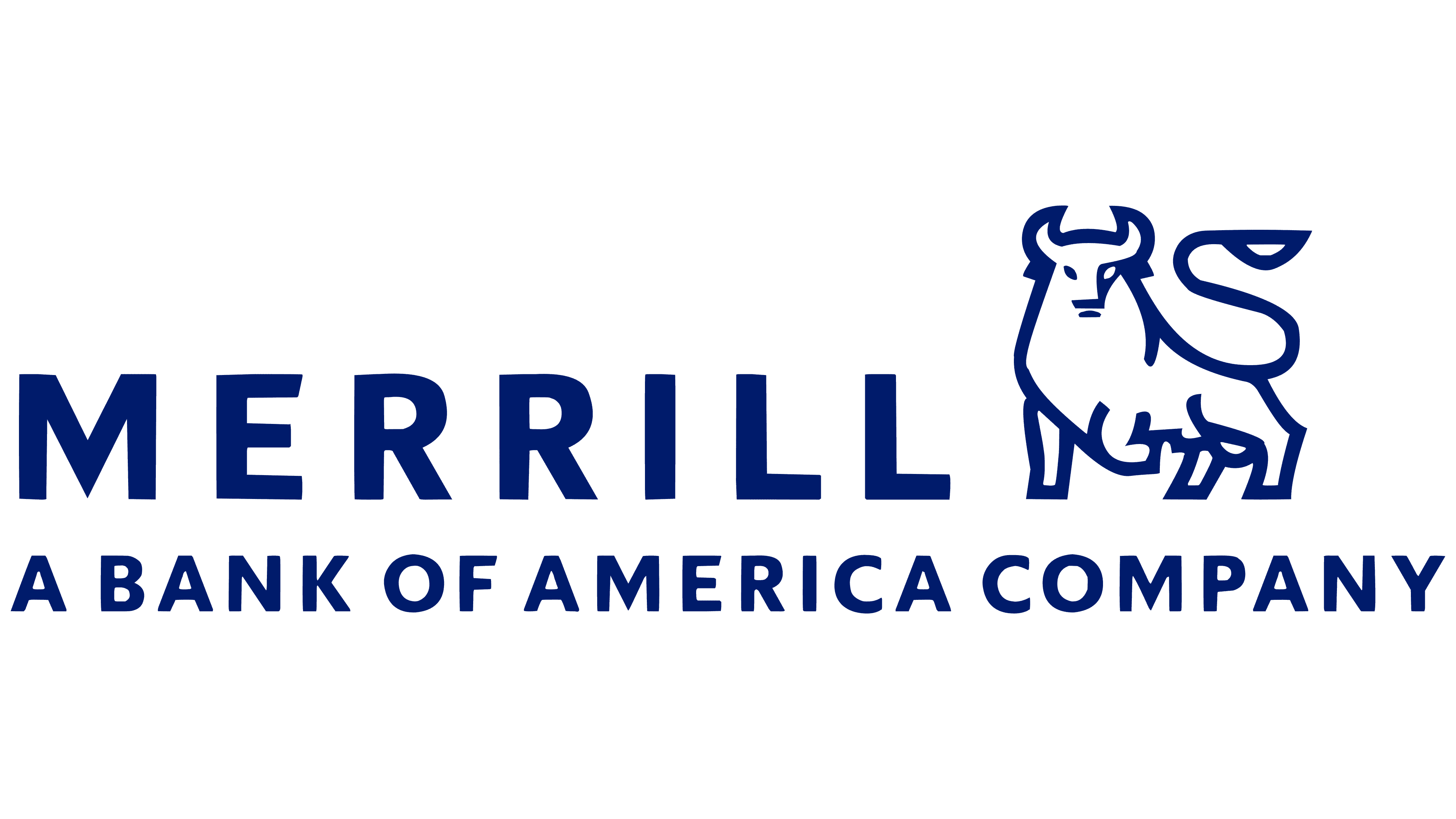Over the past month, Congress has enacted three pieces of legislation (the “Acts”) aimed at helping individuals afflicted by the coronavirus and providing fiscal stimulus to restart an economy that has been devastated by the virus’s effects. The legislation has wide-ranging consequences for individuals, businesses, and the economy.
This white paper summarizes the major provisions of the three Acts. It also summarizes the actions taken by the Federal Reserve to support the economy. Finally, the paper sets out some provisions that might be included in a forthcoming fourth piece of legislation.
The three Acts are far-reaching, long, and complex. We have made every effort to be complete. But, at this early stage, we cannot ensure that we have summarized the entire legislation fully and accurately. Readers must consult with their attorneys and advisors before relying on the information contained herein.
________________
I. Coronavirus Preparedness and Response Supplemental Appropriations Act (Bill #1) ($8.3B)
- Emergency funds to government agencies and states to respond to the coronavirus:
- Department of Health and Human Services (HHS)
- State Department and U.S. Agency for International Development (USAID)
- Small Business Administration
II. Families First Coronavirus Response Act (Bill #2) ($150B)
- Sick leave: Employers with < 500 employees must provide two weeks of paid sick leave for: (i) quarantine, (ii) coronavirus symptoms, (iii) caring for an individual subject to quarantine, or (iv) caring for a child whose school or place of care has been closed.
- Employees falling under (i) and (ii) are eligible for 100% pay up to a maximum of $511/day ($5,110 total).
- Employees falling under (iii) and (iv) are eligible for 2/3 pay up to a maximum of $200/day ($2,000 total).
- Family and medical leave: Employers with < 500 employees must cover 12 weeks of family and medical leave for any of the four reasons noted above.
- The first two weeks of such leave may be unpaid. Thereafter, leave must be paid at two-thirds of the employee’s regular rate.
- Employees may use the emergency sick leave (described in section 1 above) to cover wages during the first two unpaid weeks.
- Family paid leave benefit is capped at $200 per day and $10,000 in the aggregate.
- Employer credits: The government bears the ultimate cost of sick and family leave payments required under the Act.
- For paid sick leave, employers receive a refundable tax credit against their FICA taxes. The credit is capped at the maximum benefit amounts set out in section (1) above ($511/day or $200/ day as applicable for ten days).
- For paid family and medical leave, employers receive a refundable tax credit against their FICA taxes. The credit is capped at the benefit amounts set out in section (2) above ($200 per day up to $10,000).
- Food and nutrition: Additional funds for food stamps, school-age children meals, elderly food programs, etc.
- Free coronavirus testing (but not care).
- Temporary increase in the federal portion of Medicaid funding paid to states.
- Funds to help states process and pay unemployment claims.
- The IRS subsequently has announced that it is extending the due date from April 15 to July 15 for certain tax filings and payments, including Forms 1040, quarterly estimated tax, and 2019 IRA contributions.
III. Coronavirus Aid, Relief, and Economic Stimulus Act (CARES) (Bill #3) ($2T)
Provisions generally in effect for 2020 only.
Individuals
- Recovery checks for individuals: US individuals with adjusted gross income (AGI) less than $75K ($150K for joint returns) will receive a check for $1,200, plus $500 for each child.
- The check amount phases down beginning at AGI of $75K for a single taxpayer, $150K for joint returns. It phases out fully at AGI of $99K for single taxpayers, $198K for joint filers.
- AGI is based on the taxpayer’s 2019 tax return. If the taxpayer did not file a return in 2019, AGI is based on the 2018 return.
- Waive 10% early withdrawal penalty on coronavirus-related distributions from qualified retirement accounts up to $100K.
- A coronavirus-related distribution is one made to an individual:
- Who is diagnosed with COVID-19,
- Whose spouse or dependent is diagnosed with COVID-19,
- Who experiences adverse financial consequences as a result of being quarantined, furloughed, laid off, having work hours reduced, being unable to work due to lack of child care due to COVID-19, closing or reducing hours of a business owned or operated by the individual due to COVID-19.
- Tax payments on distributions may be spread over three years.
- Individuals may return distributions to their retirement account over three years. Such redeposits are not subject to annual contribution limits. Recontributed amounts presumably are not taxable.
- A coronavirus-related distribution is one made to an individual:
- Waive 401(k) and IRA RMD requirements for 2020. RMDs in later years need not be increased to take waived RMDs into account.
- Defined benefit plans may delay 2020 contributions until January 1, 2021.
- Additional unemployment insurance of $600 per week for up to four months to people who are currently receiving state unemployment insurance.
- Additional 13 weeks of unemployment benefits after state unemployment benefits are no longer available.
- Permit deduction of charitable contributions without income limitation.
- Students with federal loans may suspend payments through September. Students who have to drop out of school due to the virus are not required to repay the loan.
- Employer-paid tuition in 2020 to or on behalf of an employee-student are tax-free to the student-employee.
- Increase in the food stamp program and farmer bailout program.
Businesses
- Employers and self-employed individuals may defer payment of the employer share of Social Security payroll taxes.
- Deferred taxes due may be paid over two years, half by December 31, 2021, and half by December 31, 2022.
- Refundable employment tax credit of 50% on certain wages for employers. Credit is taken against employment taxes due.
- Credit is available to employers whose (i) operations were fully or partially suspended, or (ii) gross receipts declined by more than 50 percent when compared to the same quarter in the prior year.
- Permit use of net operating losses without income limitation, and allow NOL carrybacks.
- Permit deduction of corporate interest expense without income limitation.
Small business
- Small businesses may take out loans from SBA up to $10M under the Paycheck Protection Program (PPP).
- The loan may be used for employee compensation, paid sick or medical leave, insurance premiums, and mortgage, rent, and utility payments.
- Allows deferment of loan payments for up to a year,
- SBA will cover payments on existing loans for the next six months.
- The loan is forgiven in an amount equal to payments of employee compensation, interest on an existing mortgage, or payment of rent on any existing lease. Amounts forgiven may not exceed the principal amount of the loan.
- Eligible payroll costs do not include individual compensation above $100,000.
- Amount forgiven is reduced proportionally by reduction in employees retained compared to the prior year and reduced by the reduction in pay of any employee beyond 25% of prior year compensation.
- In calculating the forgiveness amount, borrowers that re-hire workers previously laid off will not be penalized for having a reduced payroll.
- 501(c)(3) organizations, tax-exempt veteran organizations, and tribal business concerns are eligible for PPP loans.
Industries
- Loans, loan guarantees, and other investments to industries that have incurred or are expected to incur losses that put the operations of the business in jeopardy. The loan term may not exceed five years, and may not be forgiven.
- Set-asides for passenger airlines; cargo airlines; businesses crucial to national security (a special allocation to Boeing).
- Limitations on businesses that receive loans or investments:
- No stock buybacks for the duration of the loan plus one year.
- No dividends for the term of the loan plus one year.
- Must maintain existing employment levels “to the extent practicable” during the loan term, and may not reduce employment levels by more than 10%. (Democrats fought for binding language.)
- Must comply with limitations on total compensation of highly paid workers for the term of the loan plus one additional year.
- An oversight board and inspector general within the Treasury will supervise where funds are used.
- Businesses controlled by the president, vice president, members of Congress, and heads of executive departments (and their immediate families) are not eligible for relief.
- Set-asides for grants to preserve the jobs and compensation/benefits of air carrier workers (as opposed to payments to assist their employers).
- The bulk of the funds are earmarked to backstop the Fed efforts to prop up businesses by buying their bonds (see below).
- The Treasury Secretary has indicated that the government will take equity stakes in the companies receiving direct grants.
Other
- Financial assistance to state and local governments, and to private nonprofits providing critical and essential services.
- Grants for healthcare system: hospitals and health care providers, therapeutics, diagnostics, medical and preparedness needs, vaccine testing, drug innovation and development, etc.
IV. Federal Reserve Actions
- As it did during the 2008 crisis, the Fed is purchasing Treasury bonds and mortgage-backed securities on the secondary market in a process called “quantitative easing”. The purchases inject cash into the economy in an effort to lower interest rates and foster bank lending by increasing the cash they hold.
- The Fed also has established a number of novel facilities to purchase a range of financial instruments, including corporate bonds, loans backed by consumer assets (e.g., car loans), and commercial paper. These transactions are intended to “support smooth market functioning” by providing a market and fostering demand for securities otherwise viewed as risky in the current environment.
- The Fed will provide four-year bridge financing to investment-grade companies. Borrowers may opt to defer interest payments for six months, but they may not buy back shares or pay dividends during the period the company is not paying interest.
- Companies that receive direct financial assistance under coronavirus legislation are not eligible to participate in the Fed’s corporate lending programs.
- The Fed has set up a facility to purchase assets used in money market funds to help those funds meet redemption demands while retaining their stable net asset value.
- The Fed has set up a temporary repo facility to purchase Treasuries held by foreign central banks. The facility is intended to provide a way for foreign banks to obtain U.S. dollars other than selling securities in the open market.
- The coronavirus pandemic has fueled massive demand for dollars as investors seek stable assets. Treasury bonds typically have served this purpose, but record low yields have made them less desirable. The facility will provide a temporary source of dollar liquidity, reducing the need for central banks to acquire dollars by selling their Treasury securities into an illiquid market. This effort will help avoid disruptions to the Treasury market and upward pressure on yields.
- Companies that receive direct financial assistance under coronavirus legislation are not eligible to participate in the Fed’s corporate lending programs.
- The CARES Act allocates $454B to backstop the Fed facilities.
V. CARES II? (Bill #4 possible provisions)
- There is little doubt that Congress will follow up the existing legislation with another (fourth) rescue bill. The contents of that bill are murky. The parties have floated many ideas, some of which are set out below. At this time, we cannot say which of these provisions, if any, will be included in the legislation.
- Bolster components of the CARES Act:
- Additional checks for individuals
- Additional paid sick and medical leave
- Extend unemployment benefits
- Aid to small businesses
- Substantial additional state and local aid
- Aid to health care workers, first responders, and hospitals
- Additional funds to backstop the Fed’s lending facilities
- Possible new items:
- Free health care for virus victims
- Federal student debt cancellation
- Assistance for mortgage markets and travel industries
- Creating 50-year Treasury bonds to lock in low interest rates
- Infrastructure
- Roads
- Public transit
- Broadband
- Water supply projects (bridges, dams, etc.)
- Health infrastructure, including hospital and health center construction
- Schools
- Possible tax changes:
- Payroll tax cut
- Capital gains tax cut
- Eliminate the $10K cap on state and local tax (SALT) deduction
- Allow corporations to deduct full cost of meals and entertainment
Andrew H. Friedman is the founder and principal of The Washington Update LLC and a former senior partner in a Washington, D.C. law firm. He and his colleague Jeff Bush speak regularly on legislative and regulatory developments and trends affecting investment, insurance, and retirement products. They may be reached at TheWashingtonUpdate.com.
The authors of this paper are not providing legal or tax advice as to the matters discussed herein. The discussion herein is general in nature and is provided for informational purposes only. There is no guarantee as to its accuracy or completeness. It is not intended as legal or tax advice and individuals may not rely upon it (including for purposes of avoiding tax penalties imposed by the IRS or state and local tax authorities). Individuals should consult their own legal and tax counsel as to matters discussed herein and before entering into any estate planning, trust, investment, retirement, or insurance arrangement.
Copyright Andrew H. Friedman 2020. Reprinted by permission. All rights reserved.

